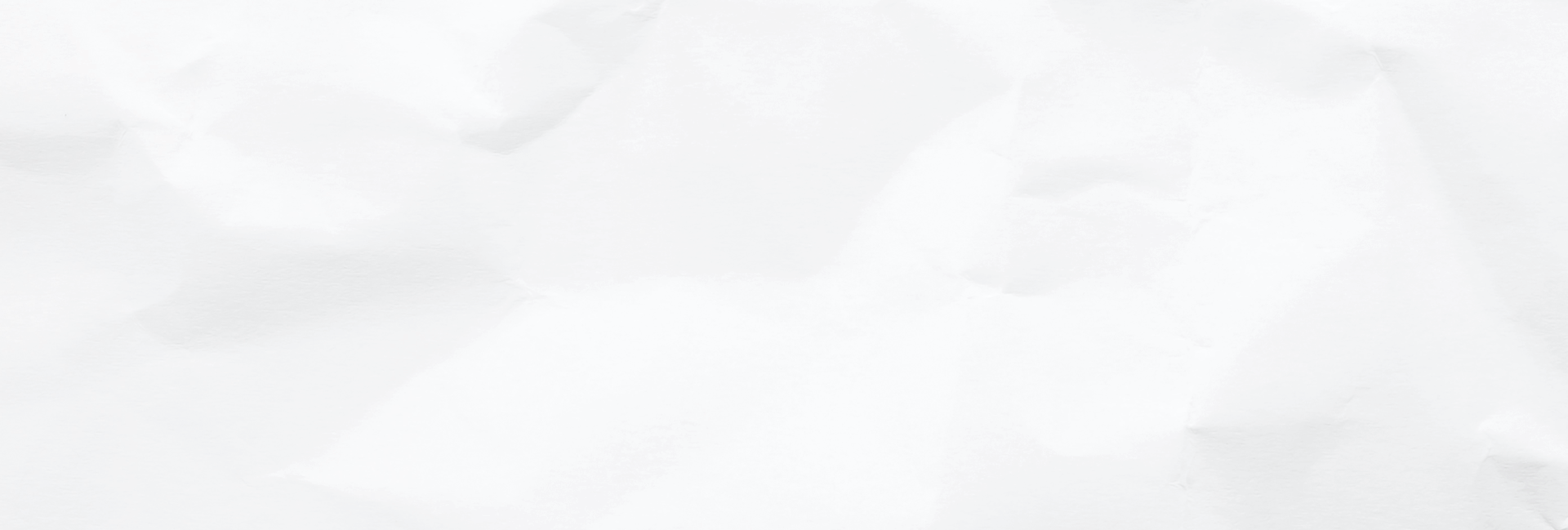Farmer Wolfgang
High-tech prosthesis for farming work
It's Monday morning, 6 a.m., at a dairy farm in Upper Bavaria. While others are still in bed, Wolfgang (24) is already on his feet. He has a lot of work to do: 40 cows are waiting to be milked, there are always repairs to be made, and the field work does not get done by itself. Wolfgang loves his multifacete job and is keen to tackle it with both hands. What’s special about him? His right hand is a prosthesis.
The accident happened exactly four years ago. Wolfgang was cleaning a shredder and accidentaly reached into it with his arm – without knowing that the machine is still running. He was fully conscious during the accident. At the hospital in Munich, the young farmer was operated on immediately because he was in danger of bleeding to death from his injury. His family is shocked, but Wolfgang doesn't give up so easily. He never has. When he wakes up from anaesthesia, freshly amputated, he looks at his forearm stump, closes his eyes briefly, opens them again and suddenly says: “I need a prosthesis.”

The orthopedic technicians from Pohlig have been assisting Wolfgang from the very beginning. They encourage him and explain to him what is possible with an arm prosthesis. As soon as his stump has healed, Wolfgang receives a myoelectrically controlled arm prosthesis. The hand on this prosthesis hand can rotate, open and close. If Wolfgang imagines, for example, opening his right phantom hand, muscle impulses are generated in the arm stump, which are translated into motion by two electrodes integrated into the shaft. Thanks to this high-tech prosthesis, Wolfgang can once again do all the work he has to do as a farmer.

In addition, the young farmer is testing a prosthesis with immediate thought control (Pattern recognition system), with which a variety of grip patterns are possible (including individual finger movements). A personalized app stores individual movement patterns of the prosthesis user, to which the prosthesis responds. To do this, however, the prosthesis must first "learn" to recognize the user's movement intentions. Connected to a PC via electrodes, the user therefore first feeds in his or her individual grip patterns. The prosthesis then memorizes these muscle movement patterns. If the user wants to perform certain movements, the prosthesis recognizes the respective muscle contractions and performs the movements immediately.

The pattern recognition system is an important milestone for the further development of intuitively controlled arm prostheses. For the first time, a prosthesis enables simple, significantly more intuitive control of complex movements. Movements that very closely resemble natural hand movements, sucg as fast, powerful and careful grasping can be achieved. The new system has been on the market for a short time. The only thing the prosthesis cannot do yet is feel. In the future, however, prostheses will probably also be be able to feel cold and heat.

This year Wolfgang wants to get his master’s degree in agriculture and then take over his father’s farm. He would never have thought that he could do his work as a farmer so well with a prosthesis. Even though it is not a replacement for a real hand, Wolfgang is grateful that the prosthesis enables him to live as a farmer.

The myoelectric control allows you to grasp objects.
We train you in the everyday use of your myoelectric arm prosthesis.
Make an appointment over the phone or send us a message!
Learn to use your arm prosthesis in a playful way!
MyoCamp
We hold a MyoCamp event for young prosthetic arm users every two years. Here, together with a competent team of physiotherapists and orthopedic technicians, we playfully train the use of the myoelectric arm prosthesis.
The popular camp usually lasts several days and offers children and their parents an excellent opportunity to make new contacts or meet friends again.



